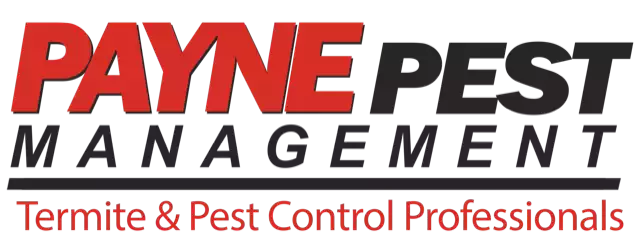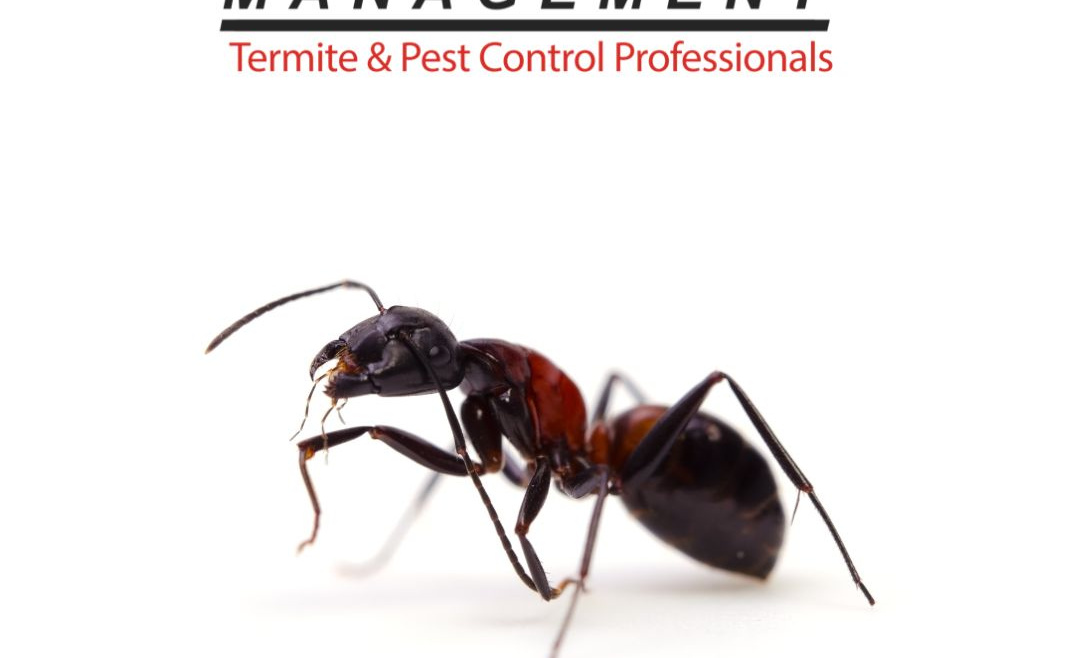Southern California, known for its picturesque landscapes and Mediterranean-like climate, is also a hotspot for biodiversity, including a vast variety of ant species. These tiny but mighty creatures play vital roles in the ecosystem, acting as decomposers and aerators of the soil. However, when they march into our homes in search of food or shelter, ants can quickly move from fascinating to frustrating. Understanding the common ant species in Southern California can help residents better manage these unwelcome guests while appreciating their ecological importance.
1. Argentine Ants (Linepithema humile)
Argentine ants are among the most pervasive and troublesome pests in Southern California. Recognizable by their uniform dark brown to light brown coloring, these ants are attracted to moisture and sweet substances. Argentine ants are known for their supercolonies, which can extend miles wide, housing millions of ants and multiple queens. This species poses a particular challenge due to their sheer numbers and aggressive behavior towards other native ants, often displacing local species.
Control Tips: Keeping areas dry, storing food in sealed containers, and maintaining a clean environment are key strategies in deterring Argentine ants. Additionally, sealing entry points can help keep them from invading your space.
2. Carpenter Ants (Camponotus spp.)
Carpenter ants, notable for their size — larger than many other common ant species — are primarily nocturnal. These ants don’t eat wood but excavate it to create nests, which can lead to structural damage over time. They prefer moist, decaying wood, a characteristic that can make older buildings particularly vulnerable to infestations.
Control Tips: Managing moisture issues, removing decaying wood around properties, and storing firewood off the ground and away from buildings can help prevent Carpenter ant infestations. Professional pest control may be necessary for established colonies, especially to prevent property damage.
3. Pavement Ants (Tetramorium caespitum)
Easily identified by their preference for nesting under pavements, sidewalk cracks, and building foundations, pavement ants are small, dark brown to blackish. While not as aggressive to other species as Argentine ants, pavement ants will compete for resources and territory, often leading to visible ant battles in the summer.
Control Tips: Cracks and crevices in and around foundations should be sealed. Regularly sweeping or vacuuming can remove food sources that might attract them indoors.
4. Odorous House Ants (Tapinoma sessile)
Named for the unpleasant odor they release when crushed, similar to rotten coconut, odorous house ants are a nuisance in Southern California homes. These small, brownish ants are particularly attracted to sweet substances. They are known for rapid, erratic movements and the establishment of temporary, mobile nests as they forage.
Control Tips: Eliminate standing water and food spills immediately. Store sugary food in tight-sealed containers and ensure window and door seals are intact to prevent entry.
5. Red Imported Fire Ants (Solenopsis invicta)
Though not as commonly found in urban areas as the others on this list, the red imported fire ant is significant due to its painful sting, which can cause allergic reactions in some people. These medium-sized, reddish-brown ants build their nests outdoors in mound-shaped structures.
Control Tips: Be vigilant about outdoor pet food stations and garbage bins, keeping them clean and free from ant attraction. Professional extermination may be required, as fire ant colonies can be extensive and their stings dangerous.







